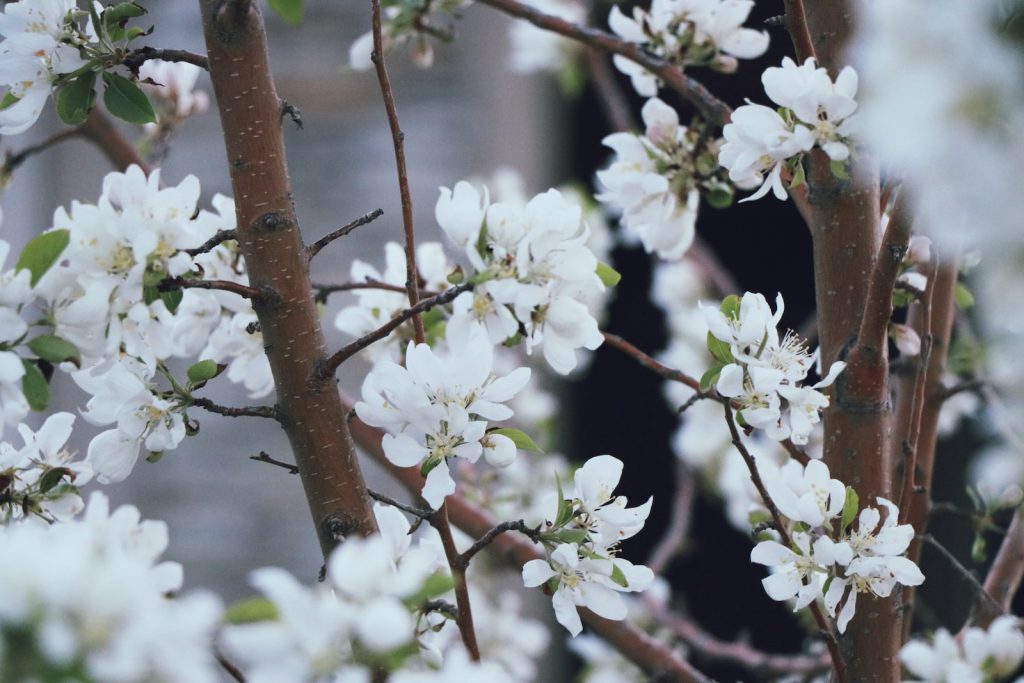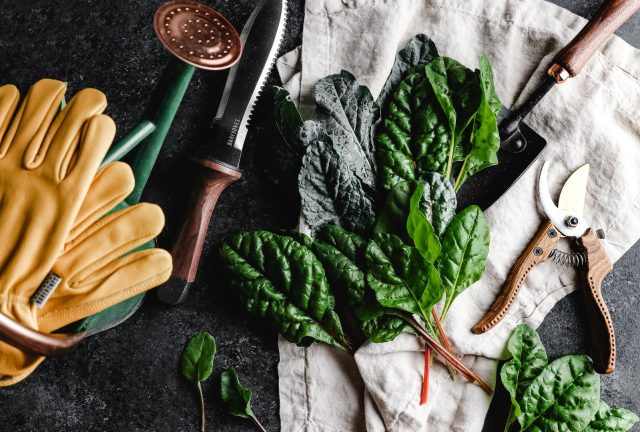Having a garden full of lush, healthy plants is an accomplishment that many people strive for. Pruning is essential in the maintenance process to ensure that your plants stay looking their best and are growing optimally. In this article, we will explore several pruning techniques so you can keep your plants in top shape. You’ll learn about when and why to prune and the various types of pruning cuts that can be used.
Pruning Basics
Pruning is the practice of removing dead or diseased branches, as well as strategically cutting back live growth to shape plants and promote healthy blooms. Depending on the type of plant, pruning should be done regularly for the best results. When pruning shrubs, trees, and other woody plants, it’s important to know when to cut back – spring flowering shrubs should be pruned after they bloom, while summer flowering shrubs should be pruned before they bloom. Prune out dead wood first to better see which parts need to be trimmed away for shaping purposes. If you’re unsure about what needs to go, start with minor cuts until you get the desired look.
Step 1: Identify Pruning Type
Identifying the appropriate pruning type for your plants is essential to gardening. There are several types of pruning, including maintenance, rejuvenation, and formative pruning, each with its benefits. Maintenance pruning involves removing dead, diseased, or damaged branches to promote the plant’s overall health. Rejuvenation pruning is helpful for older plants that have become overgrown and involve removing older branches to stimulate new growth. Formative pruning is done when the plant is young to promote a desirable shape and prevent future issues. Proper identification of the pruning type is crucial to ensure the best outcome for your plant’s health and appearance.
Step 2: Know When to Prune
Knowing when to prune your plants is just as important as identifying the appropriate pruning type. The timing of pruning can affect the plant’s growth and overall health. Generally, the best time to prune is during the plant’s dormant season, typically in late winter or early spring. Pruning during this time can help promote new growth in the upcoming growing season.
However, there are some exceptions. For example, spring-blooming shrubs and trees should be pruned after they bloom to avoid removing the flower buds formed on old wood. On the other hand, summer-blooming plants can be pruned in late winter or early spring to encourage new growth and improve their overall shape. Additionally, some plants, such as fruit trees, may benefit from periodic yearly pruning to promote optimal fruit production. When in doubt, it is best to research the specific plant’s pruning requirements or consult a gardening professional to determine the ideal timing.
Step 3: Choose Tools and Techniques
Choosing the right tools and techniques is critical when it comes to pruning plants. The type of pruning tool used will depend on the size of the plant and the pruning task at hand. Hand pruners are suitable for smaller branches, while loppers or pruning saws are better for larger branches. Electric hedge trimmers or shears can be used for shaping hedges, but hand-held shears are better suited for precision shaping. It’s important to use sharp, clean tools to minimize plant damage and prevent disease spread.
There are a few basic principles to keep in mind when it comes to pruning techniques. Make cuts at a 45-degree angle, just above a bud or lateral branch, to promote new growth. Avoid cutting into the main trunk or removing more than 25% of the plant’s overall growth in a single pruning session. When removing larger branches, use the three-cut method to avoid damaging the bark and trunk.
In addition to the tools and techniques used, it’s also essential to consider the overall goals of pruning. Whether it’s to promote growth, maintain plant health, or improve aesthetics, it’s crucial to have a clear plan before pruning. Taking the time to research and understand the specific needs of each plant and using the proper tools and techniques can help ensure the best possible outcomes for both the plant and the gardener.
Step 4: Properly Execute Pruning
Properly executing pruning requires attention to detail and a careful approach. The first step is to identify the pruning objectives, which may include shaping the plant, removing diseased or damaged branches, or controlling the plant’s size. Before starting, it’s essential to inspect the plant for any signs of disease, pests, or damage. Any diseased or damaged branches should be removed to prevent further damage to the plant.
When making cuts, it’s crucial to make clean, precise cuts that don’t leave any stubs. Stubbed cuts can lead to disease and insect infestation, while clean cuts promote rapid healing and regrowth. Make cuts at the proper angle and above a bud or lateral branch.
The three-cut method is recommended for larger branches to prevent tearing and damage to the bark. The first cut should be made on the underside of the branch about 6-12 inches away from the trunk. The second cut should be made on the top side of the branch, about an inch further away from the first cut. This will leave a short stub. The final cut should be made just outside the branch collar, which is the swollen area at the branch’s base. This will remove the stub and leave a clean cut that will heal quickly.
After pruning, it’s important to clean and sterilize pruning tools to prevent the spread of disease. Applying a pruning sealer or wound dressing is generally not recommended, as it can interfere with the plant’s natural healing process.
In conclusion, properly executing pruning requires a thorough understanding of the plant’s needs, careful attention to detail, and proper tools and techniques. With the right approach, pruning can help promote healthy growth, improve aesthetics, and maintain the plant’s overall health.
Step 5: Monitor Plant Health Post-Pruning
Monitoring plant health post-pruning is an important step in ensuring the success of the pruning process. After pruning, it’s important to keep an eye on the plant for any signs of stress, such as wilting or yellowing leaves. This is especially important if a significant amount of growth has been removed, as the plant may need time to recover and adjust to the new growth pattern.
In the weeks following pruning, keeping the plant well-watered and fertilized is important to promote healthy regrowth. Mulching around the base of the plant can also help retain moisture and nutrients in the soil.
It’s also important to watch for any signs of disease or insect infestation, which can be more common in plants that have been pruned. Regular inspections of the plant can help catch any issues early before they have a chance to spread.
Suppose the plant shows signs of stress or doesn’t recover well after pruning. In that case, it may be necessary to adjust watering or fertilization or consult a gardening professional for further advice.
Healthy Plants Through Pruning

Pruning is an essential part of plant health and maintenance. It ensures plants can thrive in their environment by controlling size and shape, promoting growth, and removing old or damaged leaves. When done correctly, this process can help keep your plants healthy for years to come.
In conclusion, pruning techniques should be used regularly to ensure that your plants are kept in the best possible condition. Doing so will encourage new growth while maintaining a healthy balance of structure and foliage. Proper pruning also increases air circulation around the plant to promote flowering and overall vigor throughout its life span. By using these techniques of trimming dead or sick branches, you can achieve a beautiful garden full of lush vegetation!






























